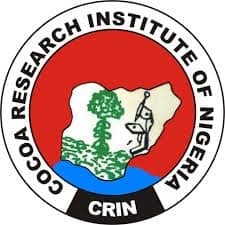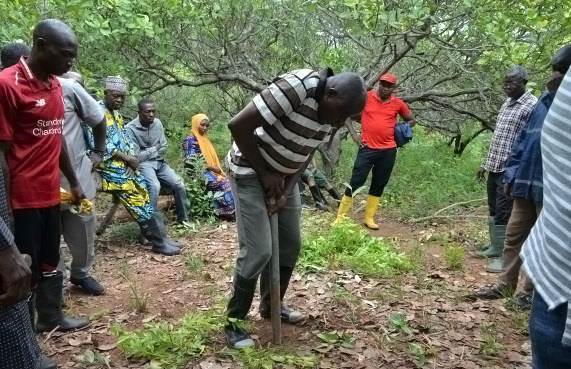The key objective of the on-farm demonstration was to expose the cashew farmers to different activities of Cashew Rehabilitation Techniques (CRTs). The methodology adopted was the Participatory Learning and Action (PLA) approach. The PLA enabled cashew farmers drawn from the three (3) Senatorial Districts (SD) of Kogi State to assess the farms in the project sites and be a part of solution to the challenges observed. The cashew farmers were formed into groups and asked to assess the farms and come up with their views on the challenges on the farms and possible solutions before the commencement of the demonstration. A total number of five hundred and sixty-eight (568) cashew farmers (men, women and youth) participated in the project and the farmers were actively involved in the demonstration. The cashew farm size used for the demonstration was 40m x 30m at Ochaja and Irepeni, while at Mopamuro the dimension was 50m x 40m. These plots are accessible to observers. Cashew Rehabilitation Techniques demonstrated included Agro-ecological System Analysis (AESA), pest and disease identification and control, nursery establishment, pruning, thinning, gapping-up, in-situ sowing, coppicing, farm sanitation and fire tracing. These were done to enhance cashew productivity, quality cashew nuts and improved livelihood of beneficiary cashew farmers in Kogi State.

CRIN Scientist, Dr. Ibiremo, demonstrating standard operating procedures (SOP) for soil sampling
The rapid soil test was carried out using the LaMottee soil test kit. Many of the farmers in Nigeria are resource poor small holders and cannot afford the cost of conventional analytical laboratory soil testing and other logistics associated with it, yet soil testing is necessary to realize full benefits of fertilizer application. Exploring the use of affordable, handy and quick LaMotte soil test kit for soil analysis before fertilizer application is far better than blanket fertilizer application. The enthusiastic responses of the farmers attested to the success of the on-farm technology demonstration.


